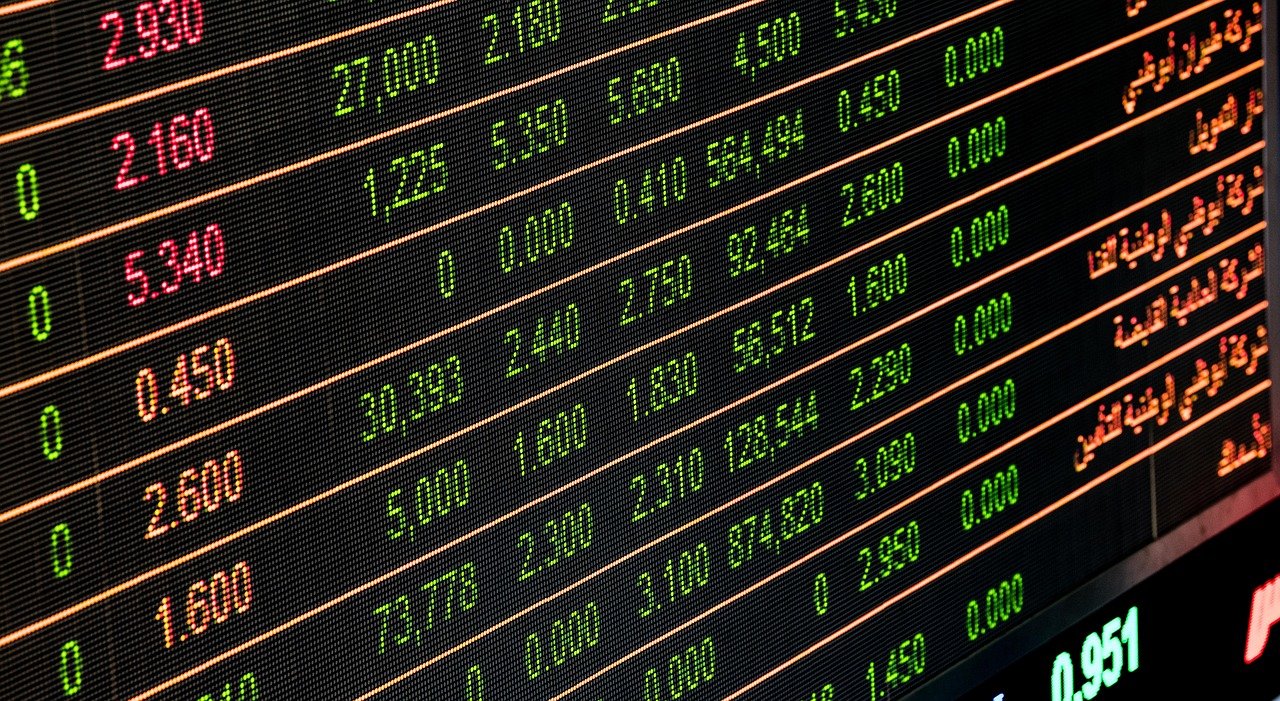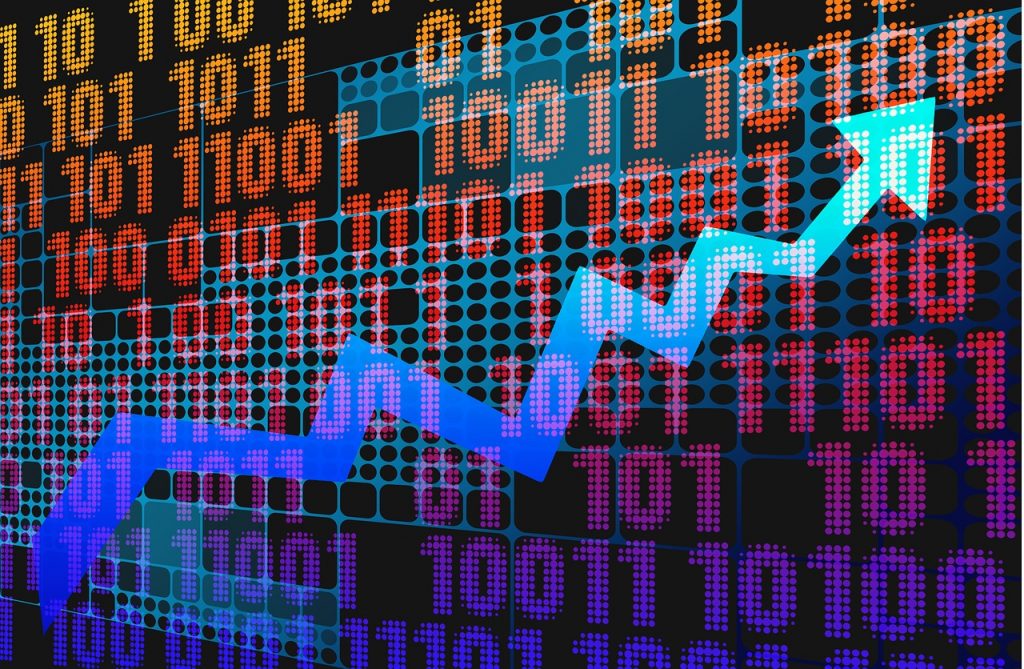War and Monetary Policy – A Summary of What’s Moving the Markets
Please note that we are not authorised to provide any investment advice. The content on this page is for information purposes only.
This year has been quite different than the past two as the narratives that are dominating the performance of multiple asset classes have changed.
The pandemic does not seem to be the most influential variable anymore as en-masse inoculations and the approval of a COVID-19 antiviral pill in multiple corners of the developed world are helping countries in getting the health crisis under control.
However, the new price drivers are not necessarily less uncertain or threatening to the stability of the markets and that can either be interpreted as a risk or an opportunity depending on who you ask.
For those who have signed up with a trading app or brokerage firm for the first time recently, navigating these markets might seem a bit challenging at first glance.
With this in mind, we will explain in detail the most relevant events that are shaping the valuation of stocks and other interesting asset classes such as cryptocurrencies.
The Russia-Ukraine conflict and its implications
Russia’s decision to invade Ukraine has had some scary ripple effects that have shaken the global economy at a point when most countries are still struggling to recover from the hit they took during the pandemic.
The United States’ decision to ban Russian oil and natural gas imports has been one of the most surprising developments and this has propelled the price of this important commodity to levels not seen in years.
High commodity prices tend to be one of the reasons why economies dive into a recession as the cost of living increases and discretionary expenditures are trimmed in response. Moreover, the profit margins of companies in sectors that rely on oil and its many by-products tend to suffer in such an environment.
Additionally, there is also the risk that the conflict between these two countries could escalate to the point that other nations get involved and that increases the overall level of uncertainty, fear, and doubt within the investment community.
Supply chain bottlenecks and inflation
Post-COVID supply chain bottlenecks were caused by the rapid recovery of economies across the world on the back of vaccinations and the inability of suppliers to keep up with this sudden uptick in the demand for their goods and services.
Moreover, logistics have been strained and that has caused an increase in shipping costs for most companies.
The semiconductors sector – one that experienced huge demand during the health crisis – is just one example of this dynamic although other sectors have suffered similarly including retail (apparel and other finished goods) and building materials.
Depending on how persistent this situation is, companies may remain affected by supply/demand imbalances at a global scale as companies are experiencing a reduction in their profit margins amid higher logistic and raw materials costs along with delays in delivery times and disruptions in their ability to keep their shelves properly stocked up.
Monetary policy changes
The Federal Reserve just increased its benchmark interest rate by 25 basis points a few days ago and officials stated that they plan to hike rates in every single meeting of the Federal Open Market Committee (FOMC) this year. A total of 6 meetings are scheduled to take place in the remaining months of 2022.
The steep decline that certain segments of the market experienced in the past few months may have priced some of those news already but it is unclear if the Fed’s measures will manage to contain the pace at which prices are rising within the US economy.
Since the United States is one of the most influential economies in the world and the one perceived as the most solvent, the yield of US Treasury bonds tends to be used as the benchmark risk-free rate to estimate the valuation of all kinds of assets.
Therefore, persistent inflation in this economy could lead to higher US Treasury yields and that can have a negative impact on valuations down the road. In contrast, if the Fed’s measures end up containing this advancement in prices, chances are that yields will subside and that will allow valuations to progressively recover as fears of a recession should diminish.
Bottom line
The factors cited above are just some of the most relevant in a long list of variables that market participants are taking into account to make investment decisions. Beginner investors should understand which variables are driving valuations at the moment to react accordingly depending on how things evolve in the following weeks or months.






